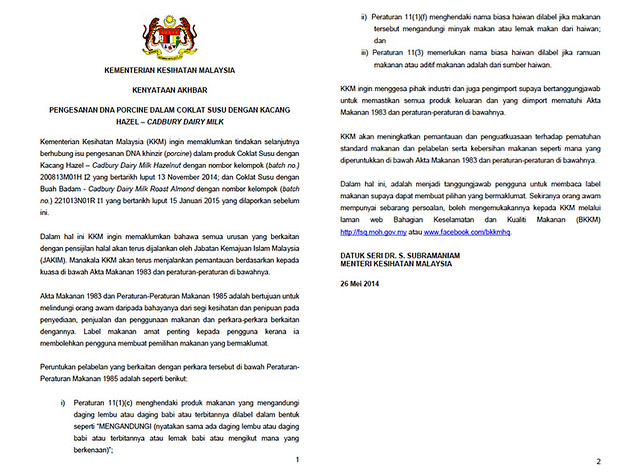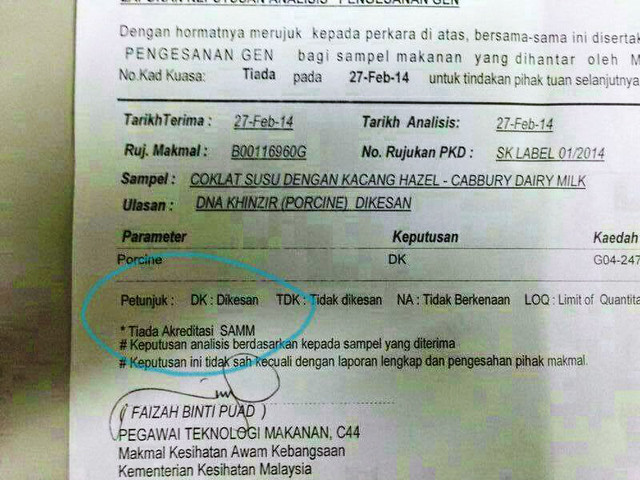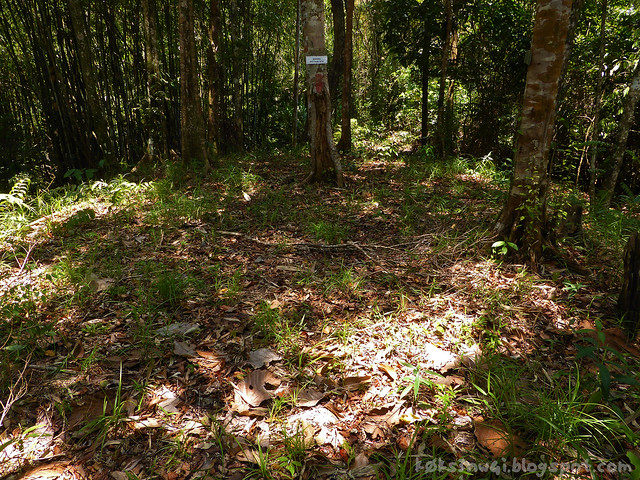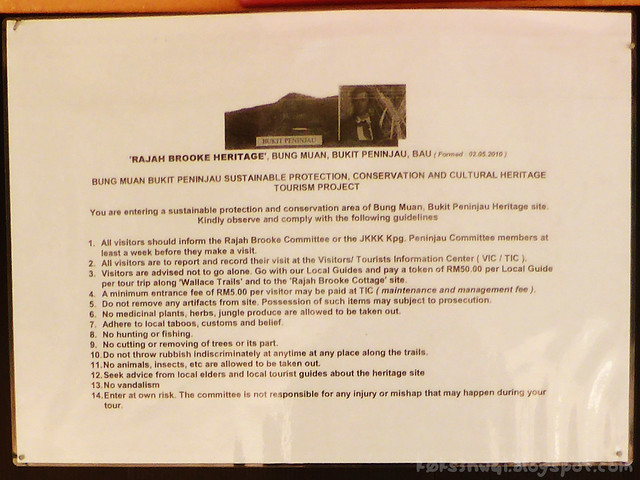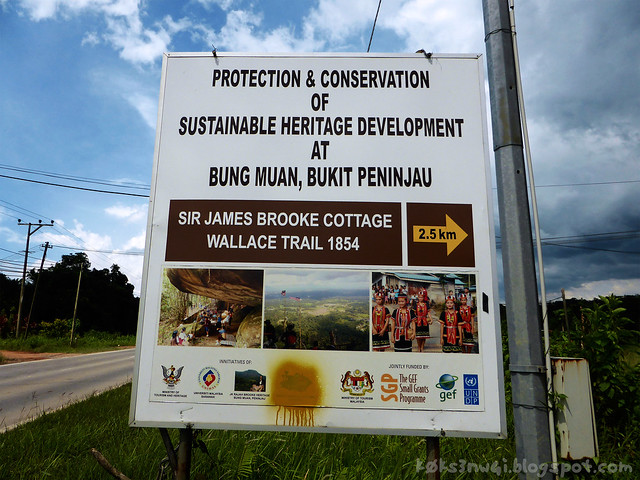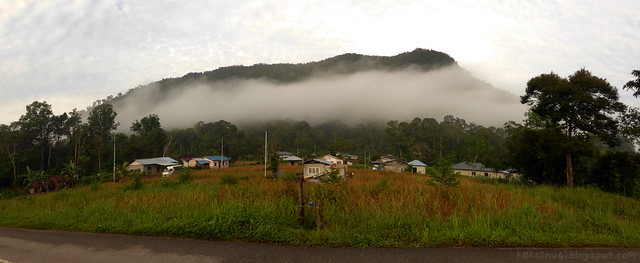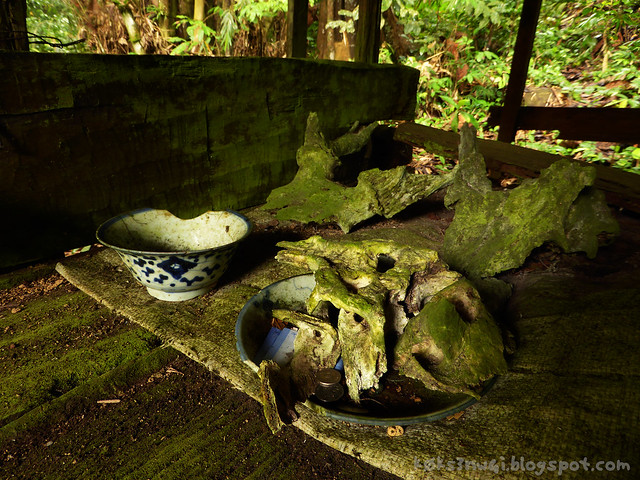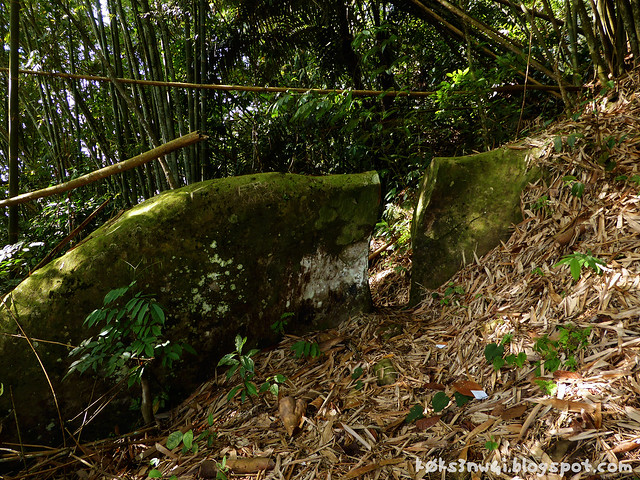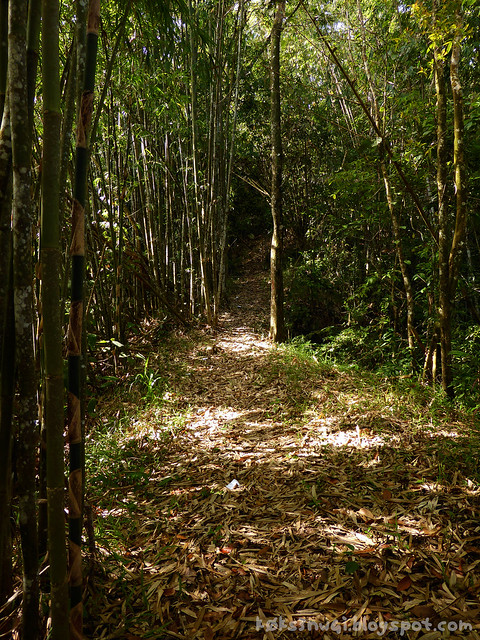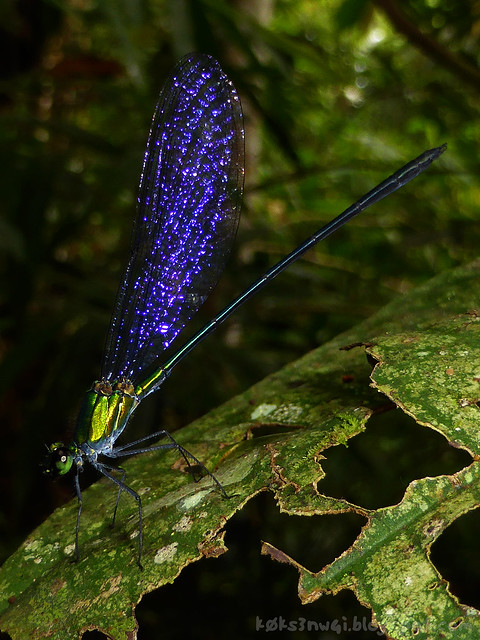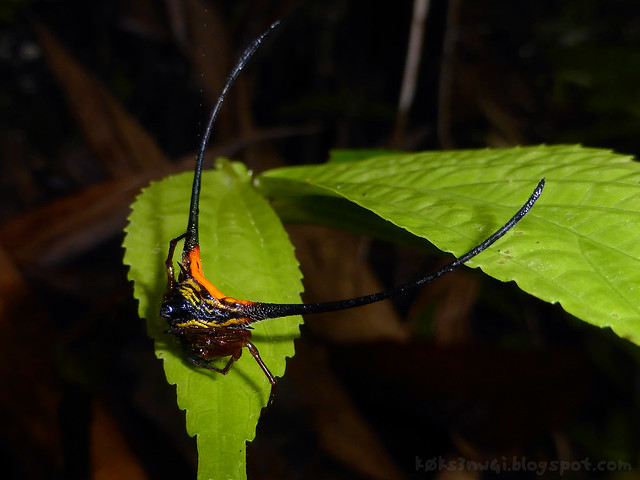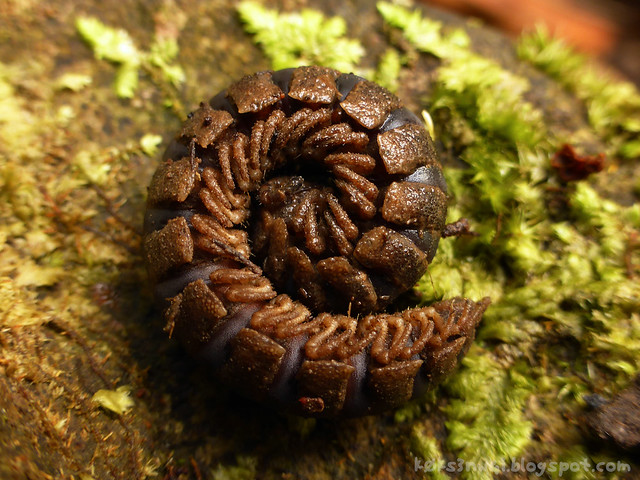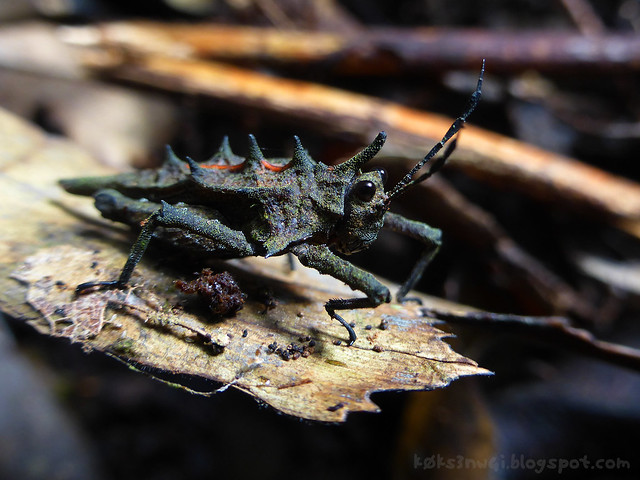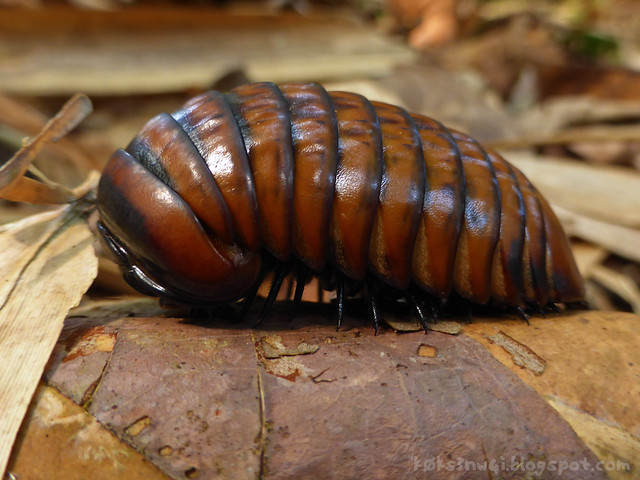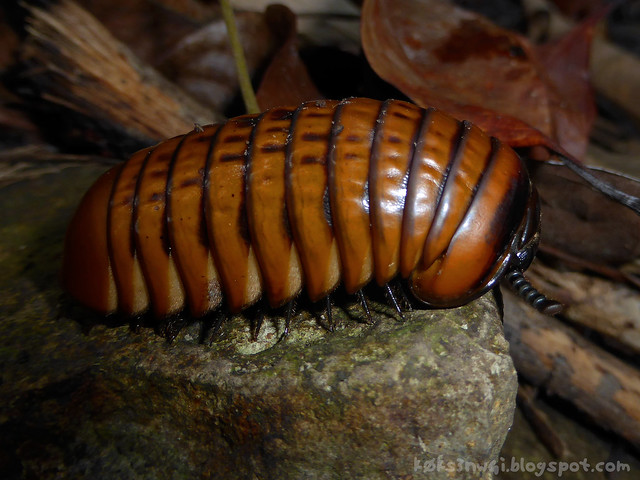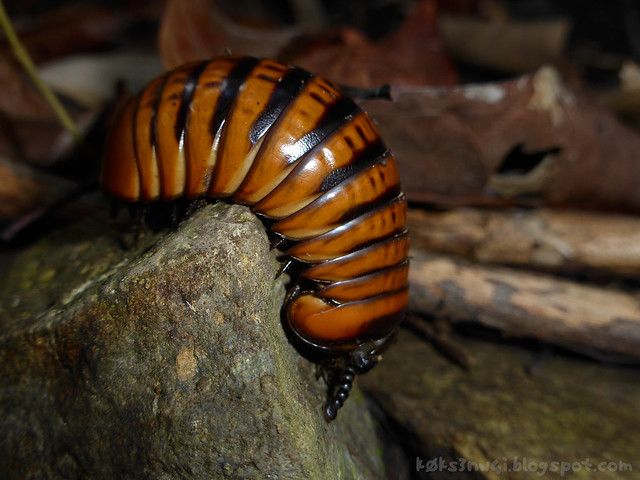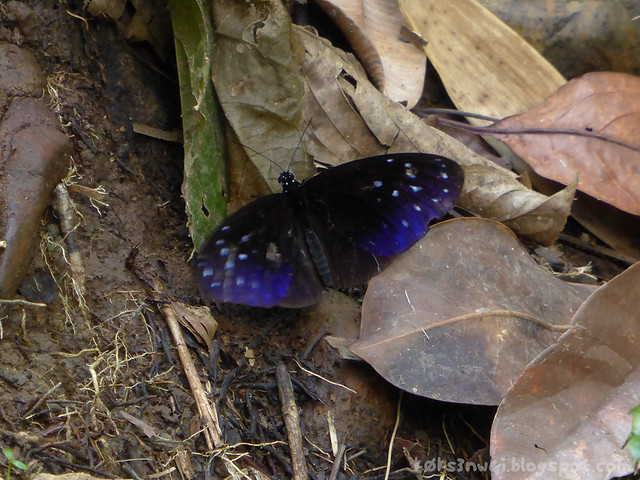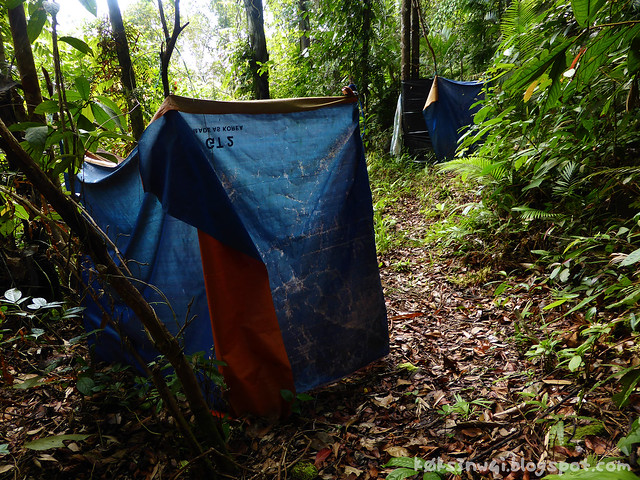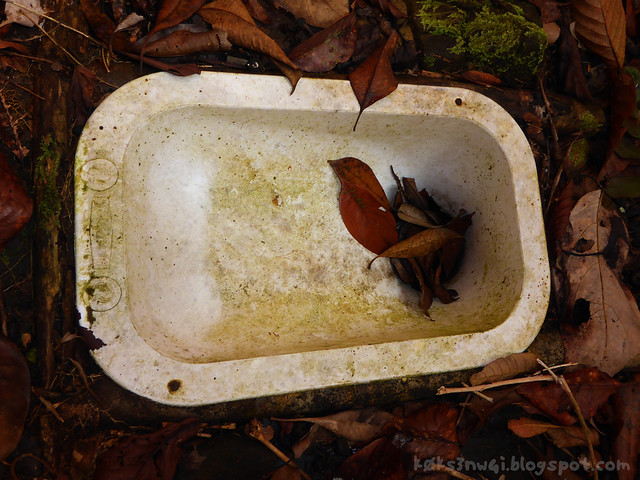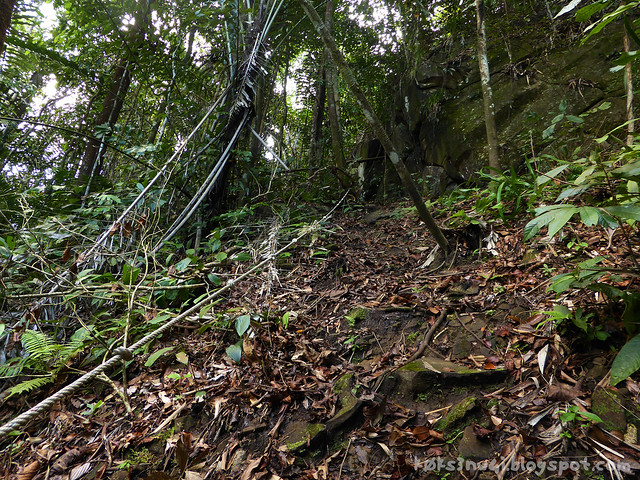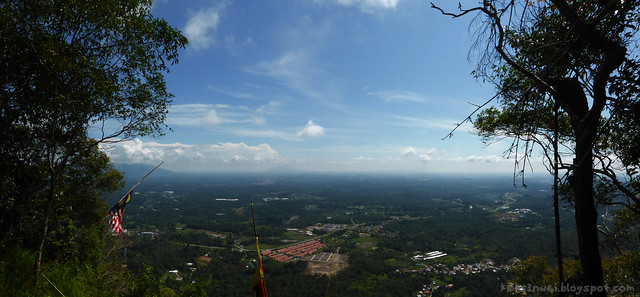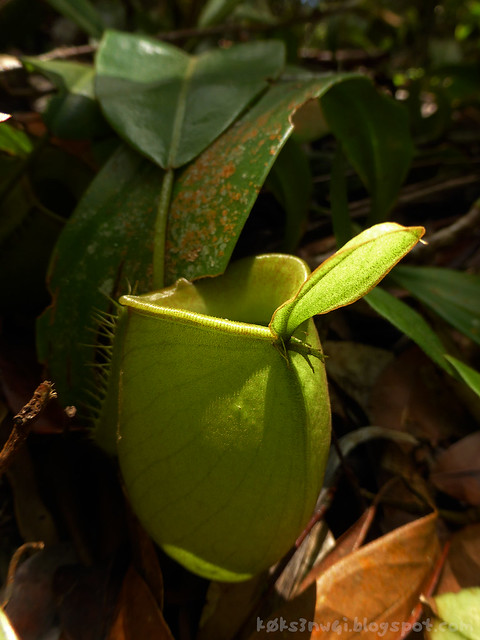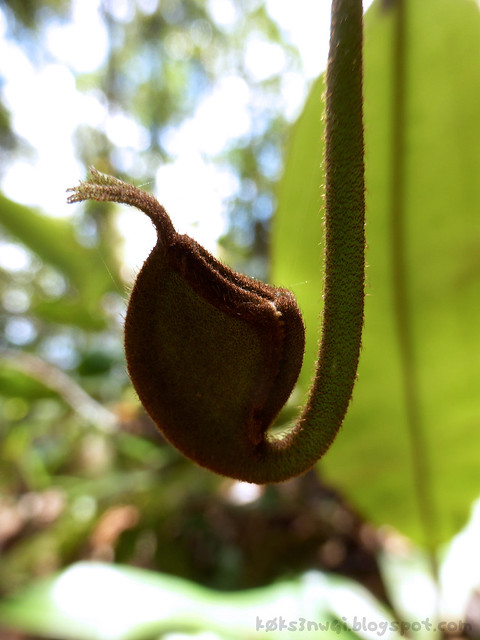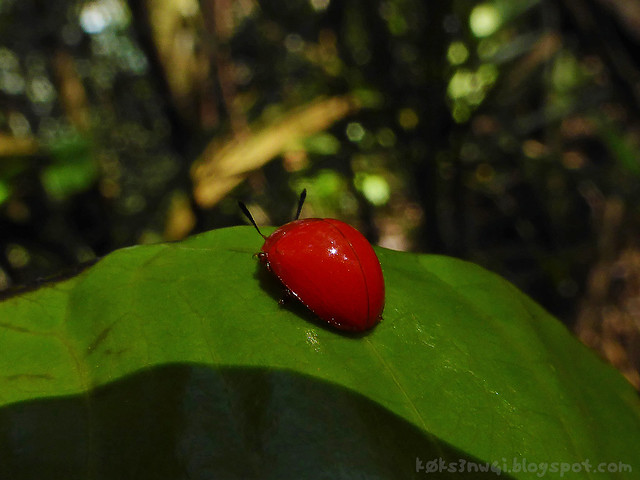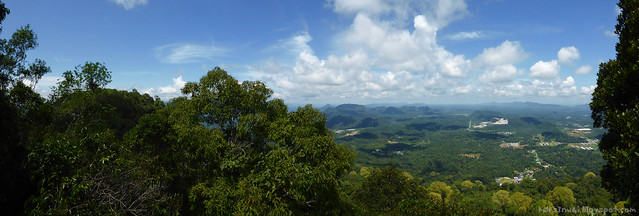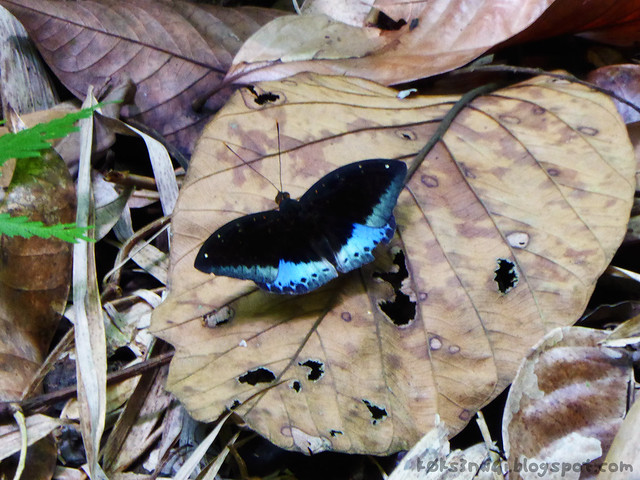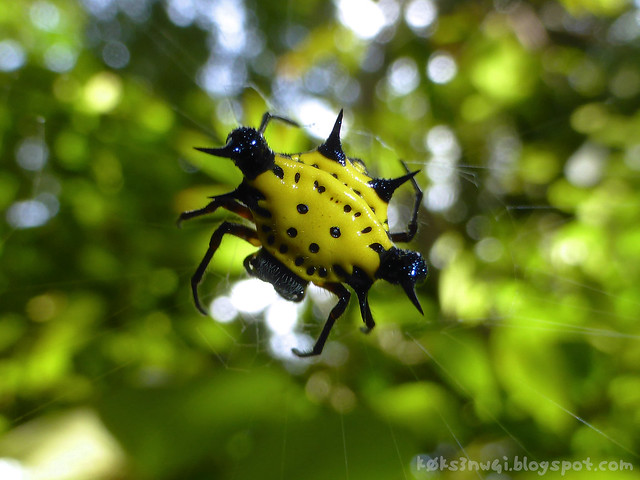"Please Charles, we need you to... hope again."
Charles Xavier to his past self inX-Men: Days of Future Past (2014)
This review will spoil everything in the movie.
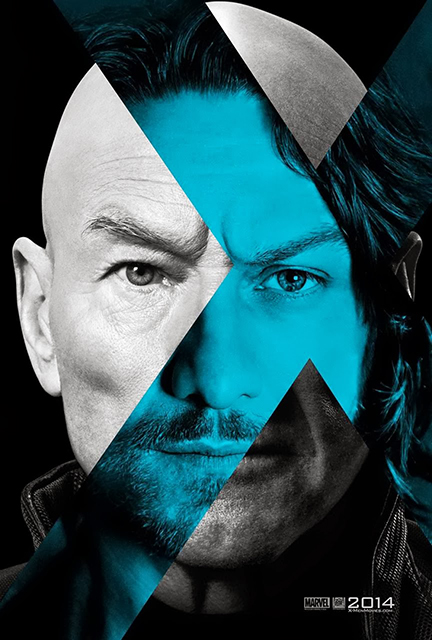 |
| JamesMcAvoy superimposed over Patrick Stewart. |
The Wolverine notwithstanding, has it really been three years already since the last X-Men film? I was never a fan of the Brian Singer original movies and re-watching them in preparation of X-Men: Days of Future Past certainly didn't help their case. The CGI was dated and some of the dialogues in them were painful to endure (every time Halle Berry opens her mouth, I want to extend my adamantium claws and poke my ears out).
Then X-Men: First Class came along and for the first time, I feel invested in this franchise. I was especially enamoured by Michael Fassbender's portrayal of Erik Lehnsherr which was so sympathetic that I found myself more persuaded by his cause than Charles Xavier's. The Magneto of Singer's film was almost cacklingly, moustache-twirling villainous.
So, when I heard that Bryan Singer will be back to direct Days of Future Past instead of First Class helmer Matthew Vaughn, I was apprehensive. And to some measure, my fears were confirmed. Aside from a particularly tense confrontation scene between Erik and Charles on a private jet, young Magneto seems to have inherited the Cartoon Villainy Syndrome that the old Magneto displayed in the older films, and is now committed to doing evil beyond all sense and reason. His attempt to kill Raven/Mystique? His blatant show of might and attempt on Nixon and Trask's lives at the unveiling of the Sentinel prototypes at the White House? Whatever goodwill that Fassbender's Magneto won from me in First Class, they all dissipated in Days of Future Past.
But it wasn't all bad. As a matter of fact, I am finding it difficult to decide if I liked First Class or Days of Future Past more.
If First Class was Magneto's film, Days of Future Past is Professor X's. Never minding the logic of a serum that temporarily reconnects his severed spinal cord while suppressing his telepathic powers portrayed with heroin addiction imagery, we see a young Charles Xavier who have given himself up to alcoholism and despair. We see him broken, hiding away from all the ambient anguish surrounding him. Erik expressed disbelief when he found out that Charles would give up his powers just to be able to walk - but the truth is, that's not the real reason why he is taking the serum. He said he was broken. He's like a mutant Jesus who can no longer bear the weight of all of mutant-kind's suffering.
The keystone that holds the entire movie together, I feel, is this scene when McAvoy Charles reached back into the past through Logan's mind to talk to his older future Patrick Stewart self,
Young Charles: So this what becomes of us. Eric was right. Humanity does this to us.
Old Charles: Not if we show them a better past.
Young Charles: You still believe?
Old Charles: Just because someone stumbles and loses their way, it doesn’t mean they’re lost forever. Sometimes we need a little help.
Young Charles: I’m not the man I was. I open my mind and it almost overwhelms me.
Old Charles: You’re afraid, and Cerebro knows it.
Young Charles: In all those voices… so much pain.
Old Charles: It’s not their pain you’re afraid of - it’s yours. And frightening as it can be their pain will make you stronger if you allow yourself to feel it. Embrace it. It will make you more powerful than you ever imagined. It’s the greatest gift we have that can bear pain without breaking, and it’s born from the most human power: Hope. Please Charles, we need you to... hope again.
I don't know if it was because of the momentous performance from the two thesps but it is not at all cheesy or Hallmark-ey. Old Charles' allusion to stumbling and losing one's way is incredibly potent. I is one of forgiveness. It speaks to both Raven's wayward ways and to Young Charles' despair. Maybe I need some time to let my feelings settle but right now, I think that this is one of the greatest scenes I have ever seen in cinema.
And this is something that filmmakers making superhero films must understand. It is not the huge action setpieces or lavish CGI that makes the film. It's not the slavish adherence to the source material. It is not the novelty of yet another iconic supervillain brought to the largeness of life on screen - as seen in some franchises trying to cram as many supervillains in their movies as they can. The focus of antagonism in Days of Future Past was a human scientist named Bolivar Trask who conceived the Sentinel Program that will lead to the near extinction of mutants (and apparently humans) in the future. Peter Dinklage was amazing in the role but he was essentially a walking talking McGuffin. He didn't matter. What made this film work is the complex interplay between the characters we have come to know and love from First Class. I care about the relationships between Charles, Erik and Raven. I care about what's happening to them. It didn't matter that Charles' and Raven's relationship is a fabrication of the movie franchise and didn't exist in the comics. That's why Raven's and Charles' redemptive arcs worked so well.
Speaking of Peter Dinklage, I must commend on the casting choice. Bolivar Trask is not a little person in the comics and I don't think even the comic fans minded the choice. And it is amazing how no one even alluded to or joked about his stature throughout the course of the film! If Michael Bay made this, he would have milked this for all it is worth.
Of course, all of my highbrow ideas about comic book film adaptations aside, two action sequences stand out in my mind. The first was the cold open where the Sentinels attacked a cadre of La Résistance mutants in the apocalyptic future. We were shown just how formidable they are as they brutally and efficiently slaughtered all of the mutants in the sequence. We were introduced to Blink (played by Fan Bing Bing) who has the power to cast pink teleportation portals which she used synergistically with her other teammates in combat, making for incredibly kinetic fights. I'm a huge, huge fan of the Portal games, and when Fan Blink Blink used a trick commonly used in the games to make impossibly long gravity-aided jumps to turn Colossus into a mutant missile, I wanted to nerd-punch the air. That slo-mo scene where she spatially displaced a Sentinel but was killed when the killbot reached back through the portal with its pointy limb to stab her was also fantastic - I had my heart beating in my throat the whole time. I hope they would hire whoever it was who choreographed these Blink scenes to work on adapting the Portal films!
 |
| Fan Blink Blink. |
We were also introduced to Shadowcat's/Kitty Pryde's ability to project a person's consciousness into the past, a nod to the fact that it was her who travelled back in time to be the agent of change in the comics. Given the fact that Wolverine was laughably impotent in the film (and in one crucial turning point in the movie, was incapacitated by his PTSD) and was practically an audience insert, I don't see why it was so important to place him front and centre. Being a massive fan of Ellen Page myself, I felt that Days of Future Past would have been better served if we followed her instead! Yes, yes, I know she wouldn't have been born in the 1970's but I'm sure that if they are willing to just randomly change mutant abilities in service of the plot, I can't see why they couldn't have made this work somehow.
The second most memorable action sequence is of course the now-internet-famous Quicksilver's prison-breaking Magneto out of a metal-less prison deep under the Pentagon where guards were equipped with plastic guns and clear-plastic batons that are reminiscent of something you can buy at a sex shop. And it was hilarious and glorious!
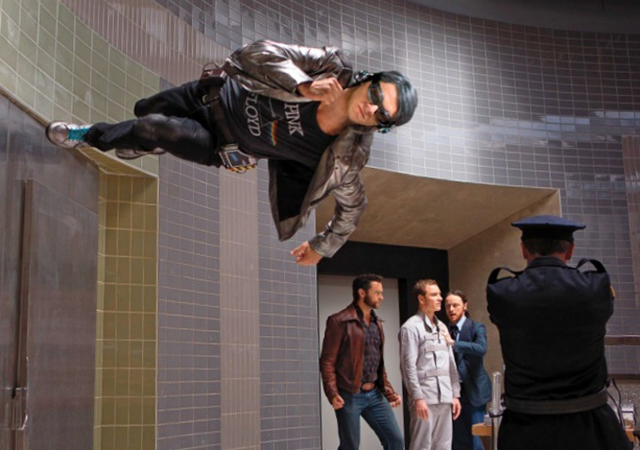 |
| Evan Peters as |
Earlier versions of the script feature Juggernaut in place of the speedster mutant and we can all agree that we have quite enough of seeing indestructible men barrelling through walls in superhero movies to last us a lifetime after Man of Steel. While it was upbeat and hilarious throughout, the centrepiece of the sequence was when Quicksilver single-handedly defeated a dozen cops who had Charles, Erik and Logan surrounded in the conveniently round kitchen by making them punch themselves and pistol-whip one another (bearing in mind that force is a product of mass and acceleration, a little nudge from Quicksilver at superspeed packs quite a wallop) before circling back to displace the trajectory of the bullets heading towards our heroes. And it was all set to the dulcet tune of Jim Croce's Time in a Bottle. There's also a nod to the fact that Magneto is actually Quicksilver's biological dad in a funny elevator exchange between the two.
A note on how the film ended: The special mode of time travel it uses where only a person's consciousness go back in time to their younger body will prevent the creation of alternate timelines, but it didn't make sense that Future Wolverine's memories would be be reinstated in the new Sentinel-free future because that Wolverine would never have existed. And when he snapped back into his future body, what to the the Past Wolverine's consciousness who lived very differently from 1973 to present? Was that extinguished? Of course, by "resetting" the timeline, Bryan Singer essentially cancelled all the events in X-Men 3: The Last Stand. Or to put it more pithily, Bryan Singer sent Wolverine back in time to make sure Brett Ratner never happened.
Actually, the real plot of #XmenDaysOfFuturePast is that they are sending Wolverine back in time to make sure Brett Ratner never happened.
— Kok Sen Wai (@KokSenWai) May 30, 2014
So yeah, I liked the film in spite of all its shortcomings because there's really a lot to love in it. The post-credits stinger at the end featured a shrimpy pale blue-lipped kid assembling a pyramid in the desert while a throng of worshippers chant "En Sabah Nur" in the background (which is Apocalypse's true name). That is a very unimpressive looking Apocalypse if you ask me, but I suppose X-Men: Apocalypse will recast him. With that, I think that is all that I can say about X-Men: Days of Future Past.
P.S. Xavier's theme (Hope) from the soundtrack was incredibly potent. I am quite addicted to it now.
Can hope again,
k0k s3n w4i


